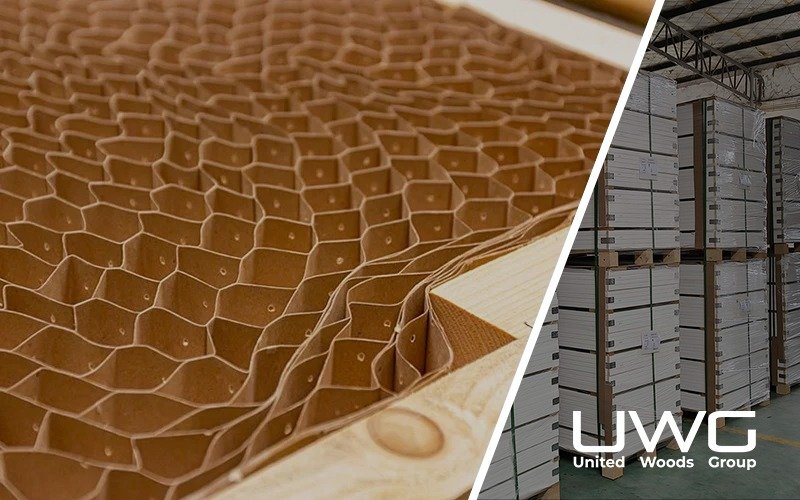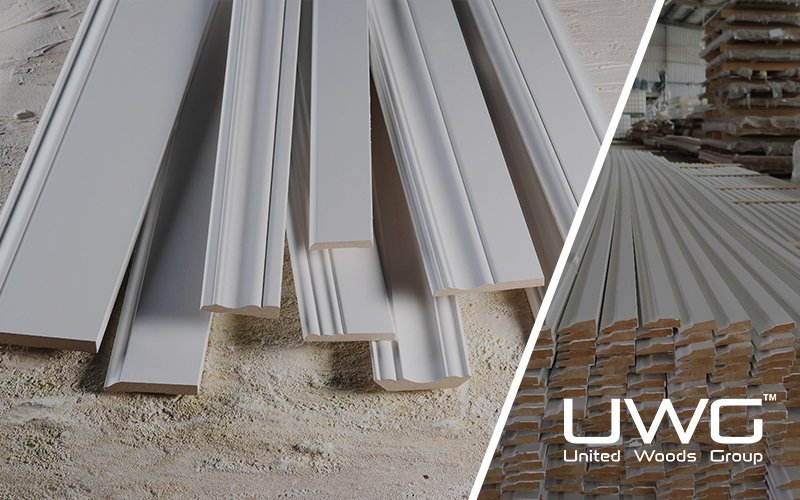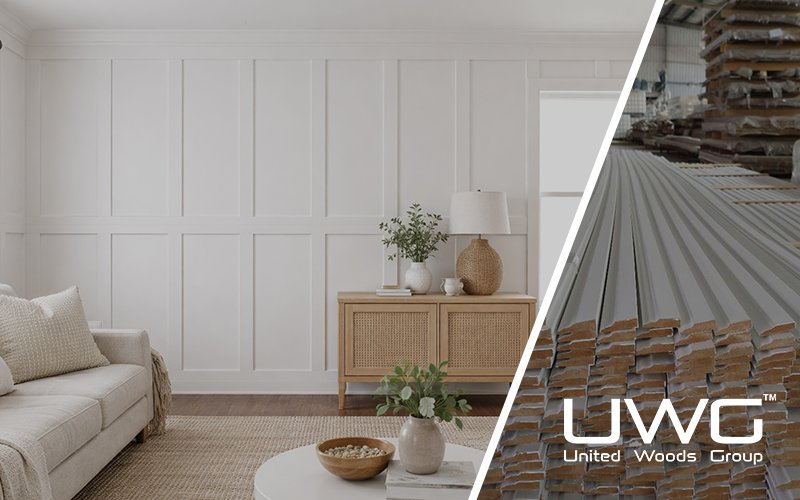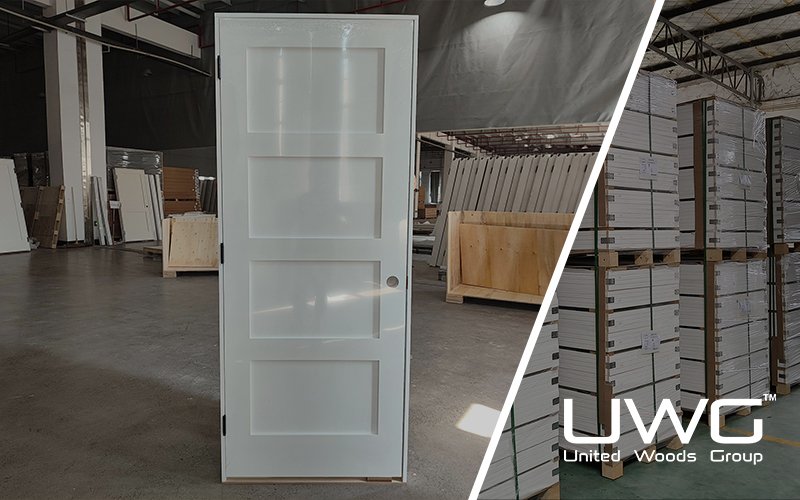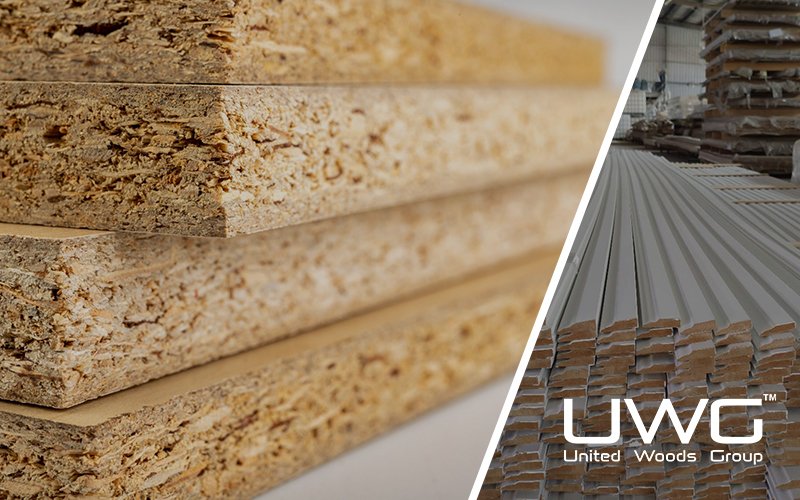When renovating or repairing your home, have you thought about how choosing between a hollow core or solid core door can affect your budget, as well as the overall feel, style, and functionality of your space? Before you make your decision, let’s help you understand the differences of both hollow core and solid core doors, so you can confidently choose the perfect option that enhances both the aesthetic and functionality of your space.
The difference between hollow core and solid core doors lies in the core material. The core of a hollow core door is mainly made of honeycomb paper, while the core of a solid core door is primarily made of MDF, particleboard, or solid wood strips.Hollow core doors are lightweight, affordable, and easy to install, making them ideal for low-traffic areas. Solid core doors are heavier, denser, and better at sound insulation, which makes them great for bedrooms, offices, or bathrooms. While solid core offers durability and privacy, it comes at a higher cost and installation effort.
Let’s break it down so you can choose the right door for every room—whether you’re upgrading your home or outfitting a new build.
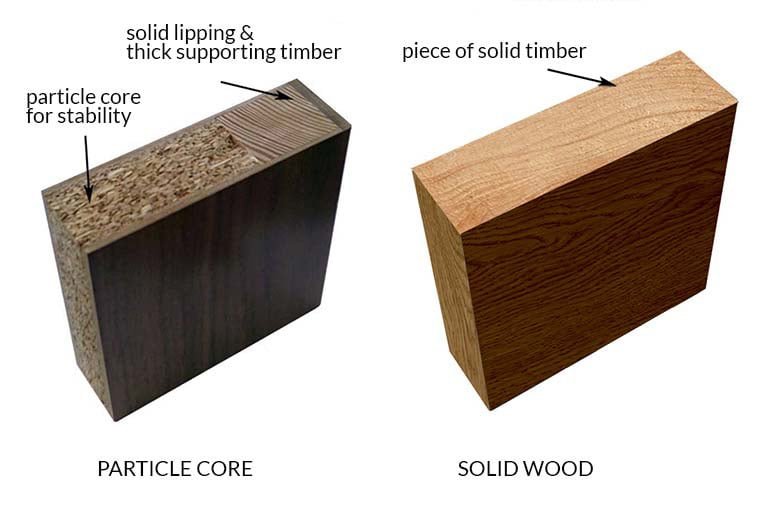
What is a hollow core door?
A hollow core door is a type of interior door that features a hollow space in the center, making it lighter and more cost-effective compared to solid core doors. The core is typically made of a honeycomb paper structure or a similar lightweight material, which provides strength and stability while reducing weight.
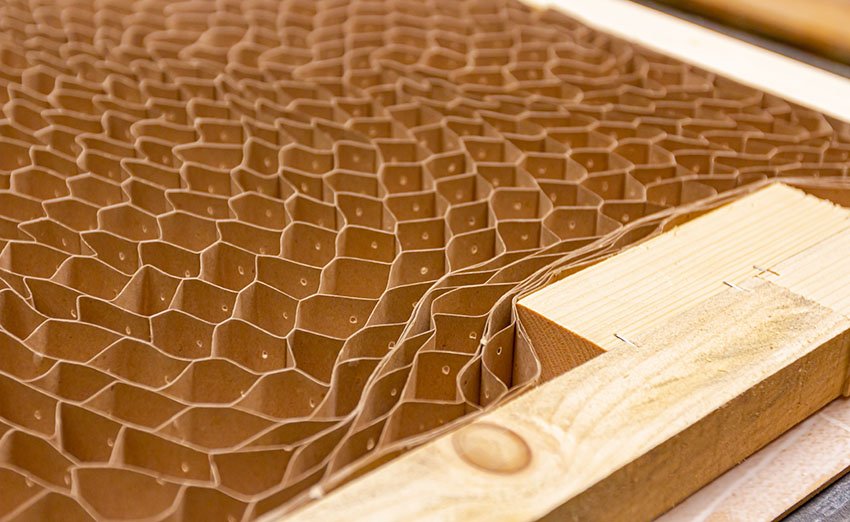
What is a solid core door?
A solid core door is a type of door that has a solid, dense core, typically made from materials like wood, MDF (Medium Density Fiberboard), or particleboard. Unlike hollow core doors, which have a hollow center, solid core doors are filled with solid material throughout their core, giving them added strength and durability.
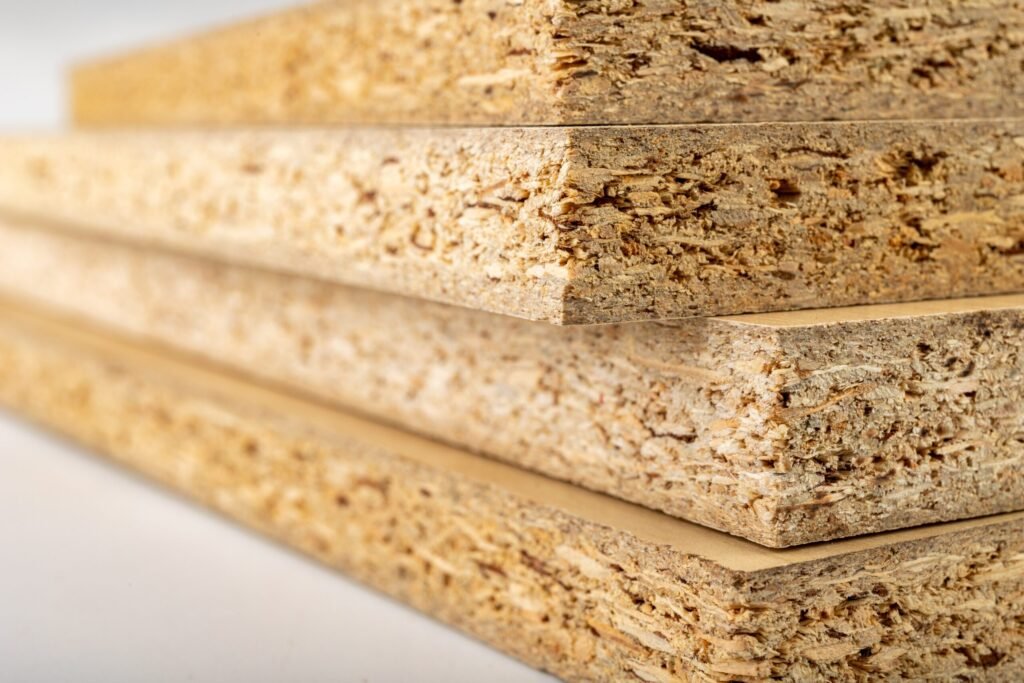
Comparison of hollow core doors and solid core doors
Here’s a side-by-side breakdown to make the differences crystal clear:
| Feature | Hollow Core Door | Solid Core Door |
|---|---|---|
| Weight | Lightweight | Heavy |
| Cost | Low (budget-friendly) | Higher cost |
| Soundproofing | Poor | Excellent |
| Durability | Moderate (can dent easily) | High (resistant to wear) |
| Installation | Easy, DIY-friendly | May require two people and extra hinges |
| Best Use | Closets, hallways, utility rooms | Bedrooms, bathrooms, home offices |
Advantages and Disadvantages of Hollow Core Doors
Advantages:
- Lightweight: Easier to handle and install.
- Cost-effective: More affordable than solid core doors.
- Moderate Sound Insulation: Suitable for spaces with low soundproofing needs.
- Space-saving: Ideal for compact spaces.
- Variety of Designs: Available in different styles and finishes.
Disadvantages:
- Lower Durability: Less sturdy and prone to damage.
- Weaker Soundproofing: Not ideal for areas requiring high sound isolation.
- Lower Security: Provides less protection compared to solid core doors.
- Not Ideal for High-traffic Areas: May deform with frequent use.
- Vulnerable to Moisture: Can warp when exposed to moisture.

Advantages and Disadvantages of Solid Core Doors
Advantages:
- Durability: Stronger and more resistant to damage.
- Superior Soundproofing: Ideal for noise reduction.
- Enhanced Security: Offers better protection and privacy.
- Long-lasting: Suitable for high-traffic areas.
Disadvantages:
- Heavy: More difficult to handle and install.
- Cost: Generally more expensive than hollow core doors.
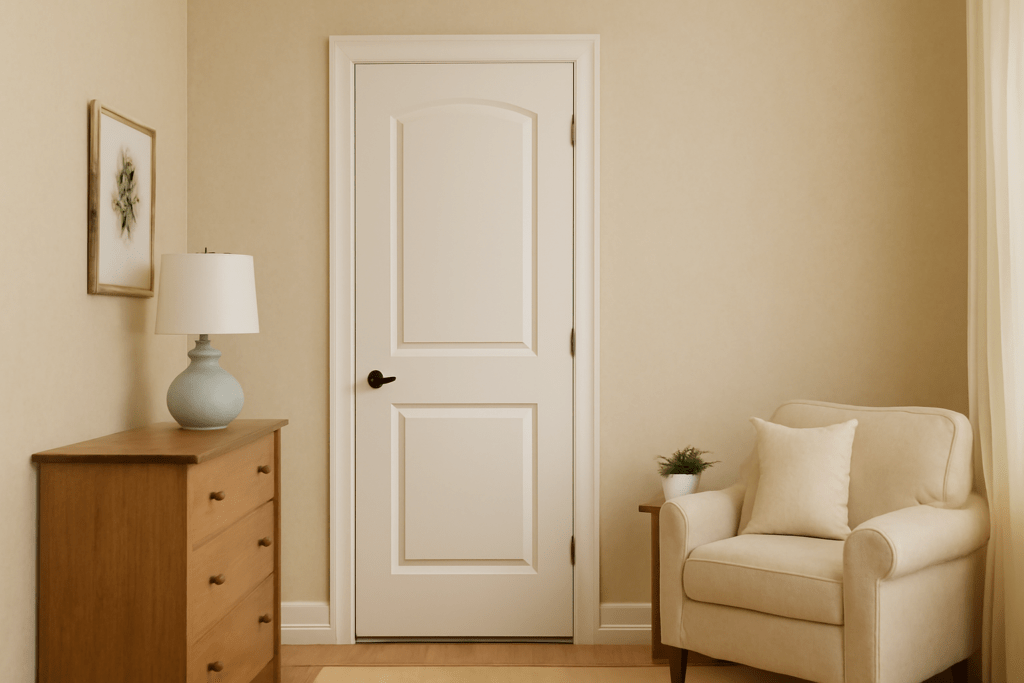
Buying guide
How to choose doors for different rooms?
Choosing between hollow and solid core doors depends on where the door will be used:
- Bathroom: Choose solid core for privacy and moisture resistance.
- Bedroom: Solid core helps with noise reduction—especially if you’re a light sleeper.
- Laundry or Utility Room: Hollow core is fine unless sound is a factor.
- Closets: Hollow core works perfectly.
- Living Areas or Offices: Solid core adds a premium feel and better sound isolation.
Things you need to consider
Before purchasing, consider the following:
- Budget – Hollow core doors are significantly cheaper, starting at around $50, while solid core can range from $70–$250 each.
- Noise Level – Solid core is the best for soundproofing.
- Moisture Exposure – Solid cores handle humidity better but ensure a proper finish.
- Installation – Hollow cores are easy to DIY; solid core doors may need professional help.
- Durability Needs – Kids, pets, and heavy usage? Go with solid.

Summary
Both hollow core and solid core doors have their unique advantages, depending on the needs of your space. Still unsure which one is the best fit for your home? Ultimately, your decision will depend on the specific needs of each room. Consider factors like budget, sound insulation, security, and durability to make the best choice. If you’re ready to explore your options or need expert advice on selecting the right door, don’t hesitate to contact us. Our team of specialists is here to help you make the right choice for your home..

